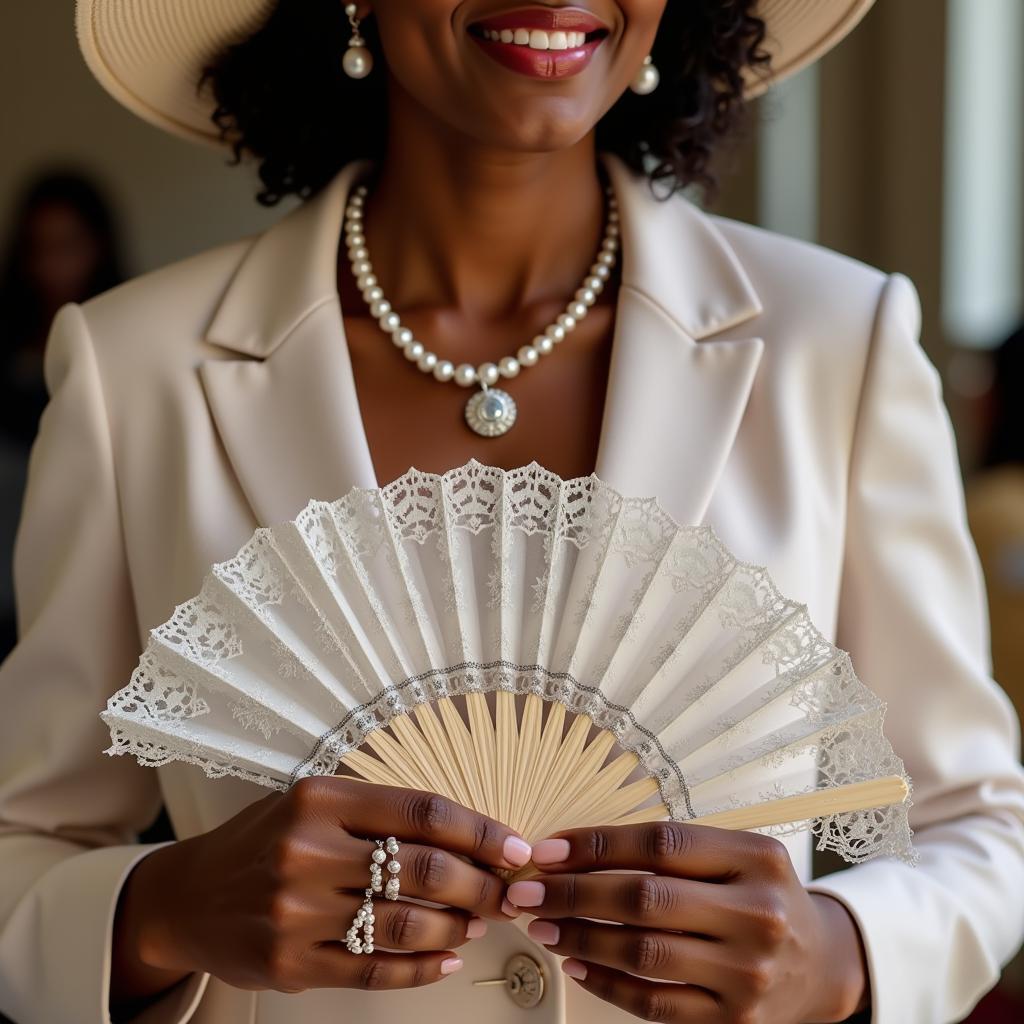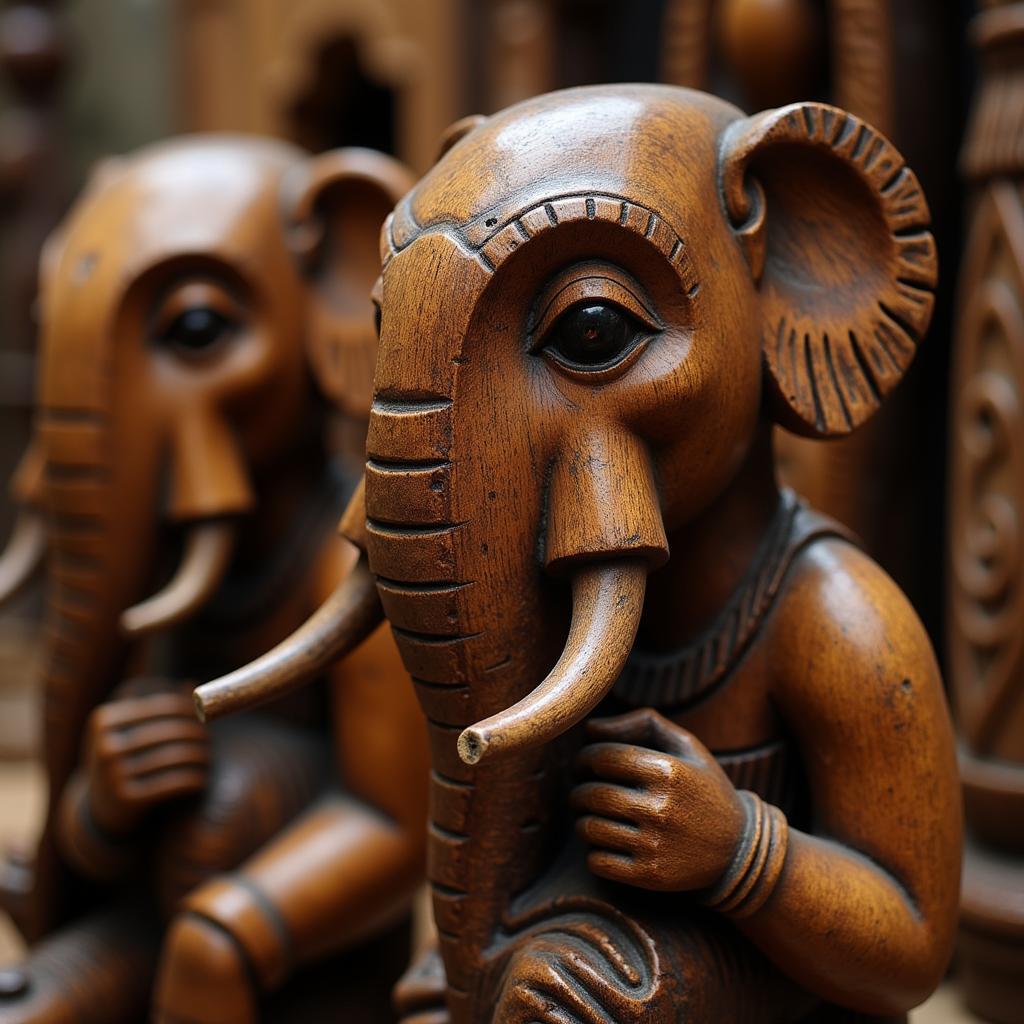African American Hair Color Chart: A Comprehensive Guide
African American hair color comes in a stunning array of natural shades and textures, offering a diverse canvas for creative expression. Whether you’re seeking a subtle change or a bold transformation, understanding the nuances of African American hair color is key to achieving your desired look. This guide will delve into the world of African American Hair Color Charts, exploring various shades, techniques, and maintenance tips.
Choosing the right hair color can be a transformative experience, enhancing your natural features and reflecting your personal style. Whether you’re transitioning to gray gracefully or looking for a vibrant pop of color, understanding your hair type and desired outcome is crucial. After the initial stages of color selection, proper hair care becomes paramount to maintain the vibrancy and health of your new shade. One popular option is using high-quality wigs, and you can explore a variety of options, such as african american human hair wigs amazon.
Understanding the African American Hair Color Chart
Navigating the world of hair color can be daunting, but an African American hair color chart simplifies the process. These charts provide a visual representation of various shades, ranging from jet black to rich browns, warm reds, and vibrant blondes. They help you visualize the final result and communicate effectively with your stylist.
What are the different shades on the African American hair color chart? The chart showcases a spectrum of colors, categorized by level and tone. Levels represent the lightness or darkness of the shade, while tones indicate the underlying color, such as warm, cool, or neutral.
Decoding Hair Color Levels and Tones
Understanding hair color levels and tones is fundamental to achieving your desired results. Levels typically range from 1 (blackest black) to 10 (lightest blonde). Tones are categorized as warm (golden, copper, red), cool (ash, beige, violet), and neutral. Identifying your natural hair level and tone is the first step in selecting a complementary color.
How do I determine my natural hair level and tone? Observe your hair in natural light. Compare it to the shades on the chart to determine your level. To identify your tone, look for underlying hints of gold, red, or ash. Consulting a professional stylist can also provide a precise assessment.
Choosing the Right Hair Color for Your Skin Tone
Selecting a hair color that complements your skin tone is crucial for a harmonious and flattering look. Warmer skin tones often pair well with rich browns, golden blondes, and fiery reds. Cooler skin tones can be enhanced by jet black, ash brown, and cool blonde shades. Experimenting with different shades within your chosen color family can help you find the perfect match. Looking for wigs that match your chosen color? Explore a selection of african american lace front wigs.
What are some popular hair color choices for African American women? Popular choices include rich burgundy shades, warm honey blondes, and vibrant auburn hues. Ombre and balayage techniques, which blend multiple colors seamlessly, are also highly sought after for a more dimensional look.
Hair Color Techniques for African American Hair
Various techniques can be employed to achieve different hair color effects. Traditional single-process color provides an all-over uniform shade. Highlighting adds dimension and brightness, while lowlighting creates depth and contrast. Ombre and balayage offer a gradient effect, transitioning from darker roots to lighter ends. For those interested in braided styles, check out these african american braided wigs.
What is the difference between ombre and balayage? Ombre is a more defined transition between two colors, often featuring a distinct line of demarcation. Balayage creates a more natural, sun-kissed effect with softer, blended transitions.
Maintaining Your Hair Color
Maintaining vibrant and healthy hair color requires diligent care. Use color-safe shampoos and conditioners formulated to protect and preserve your chosen shade. Deep conditioning treatments help replenish moisture and prevent dryness. Limit heat styling and protect your hair from sun exposure to maintain color longevity.
How often should I refresh my hair color? Depending on the technique and your hair growth rate, color refreshing is typically recommended every 4-6 weeks for root touch-ups or overall color enhancement. If you’re looking for premium quality, you might consider 100 percent human hair wigs for african american.
Conclusion
The African American hair color chart serves as a valuable tool in the journey to finding your perfect shade. By understanding levels, tones, and various coloring techniques, you can achieve a look that enhances your natural beauty and expresses your unique personality. Remember that proper hair care is essential for maintaining vibrant and healthy color. With careful consideration and consistent maintenance, you can confidently rock any color on the African American hair color chart.
FAQ
- What is the best hair color for dark skin? This depends on your undertones, but generally warmer colors like browns, reds, and golden blondes work well.
- How can I prevent my hair color from fading? Use color-safe products, limit heat styling, and protect your hair from the sun.
- What is the difference between semi-permanent and permanent hair color? Semi-permanent washes out after several washes, while permanent color lasts longer.
- Can I color my hair at home? Yes, but it’s recommended to consult a professional, especially for complex techniques like ombre or balayage.
- How do I choose a hair color that complements my face shape? A stylist can recommend colors that enhance your features and balance your face shape.
- What are some natural ways to enhance my hair color? Henna and other natural dyes can offer subtle color enhancements.
- How do I transition to gray hair gracefully? Consult a stylist for advice on blending your natural gray with color or embracing your natural silver.
More helpful content on OmenkaMag.com
- Explore more about the rich tapestry of african art styles.
Need assistance?
Contact us for personalized advice and support. Call: +255768904061, Email: [email protected], or visit us at Mbarali DC Mawindi, Kangaga, Tanzania. We have a 24/7 customer service team.


